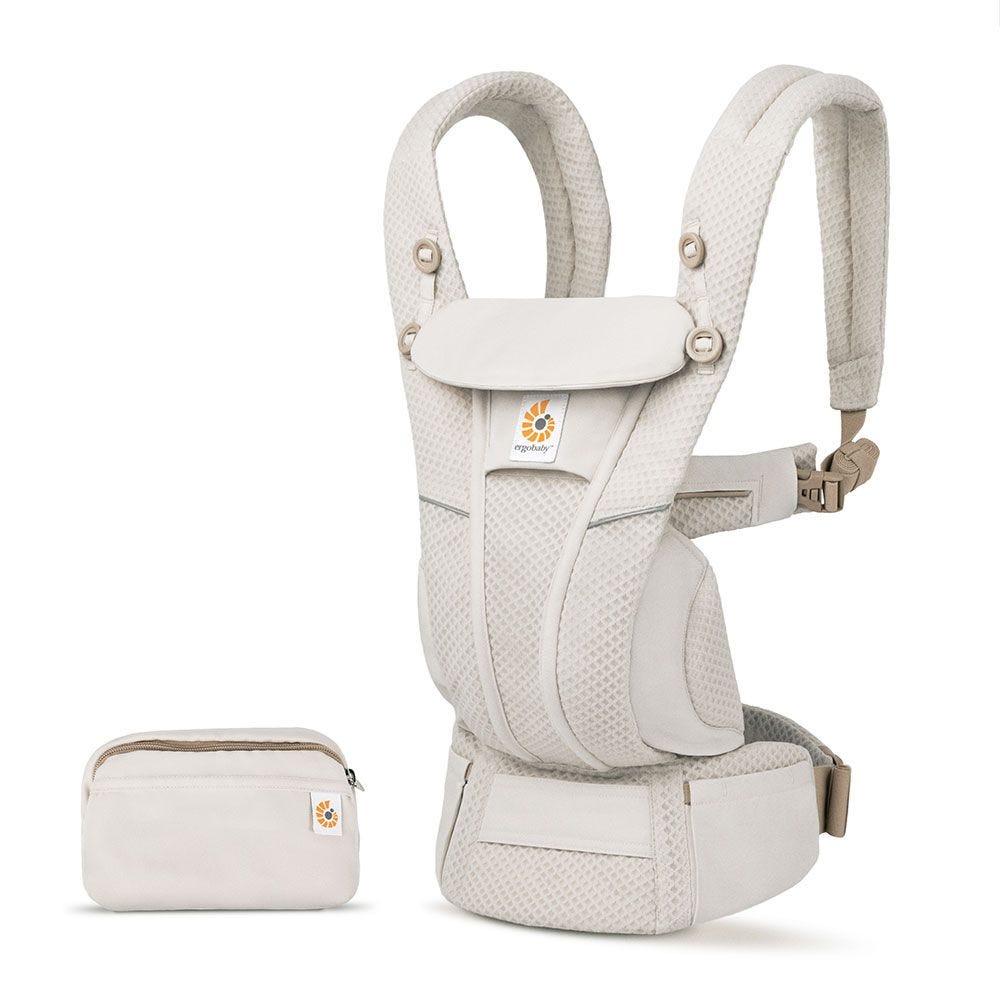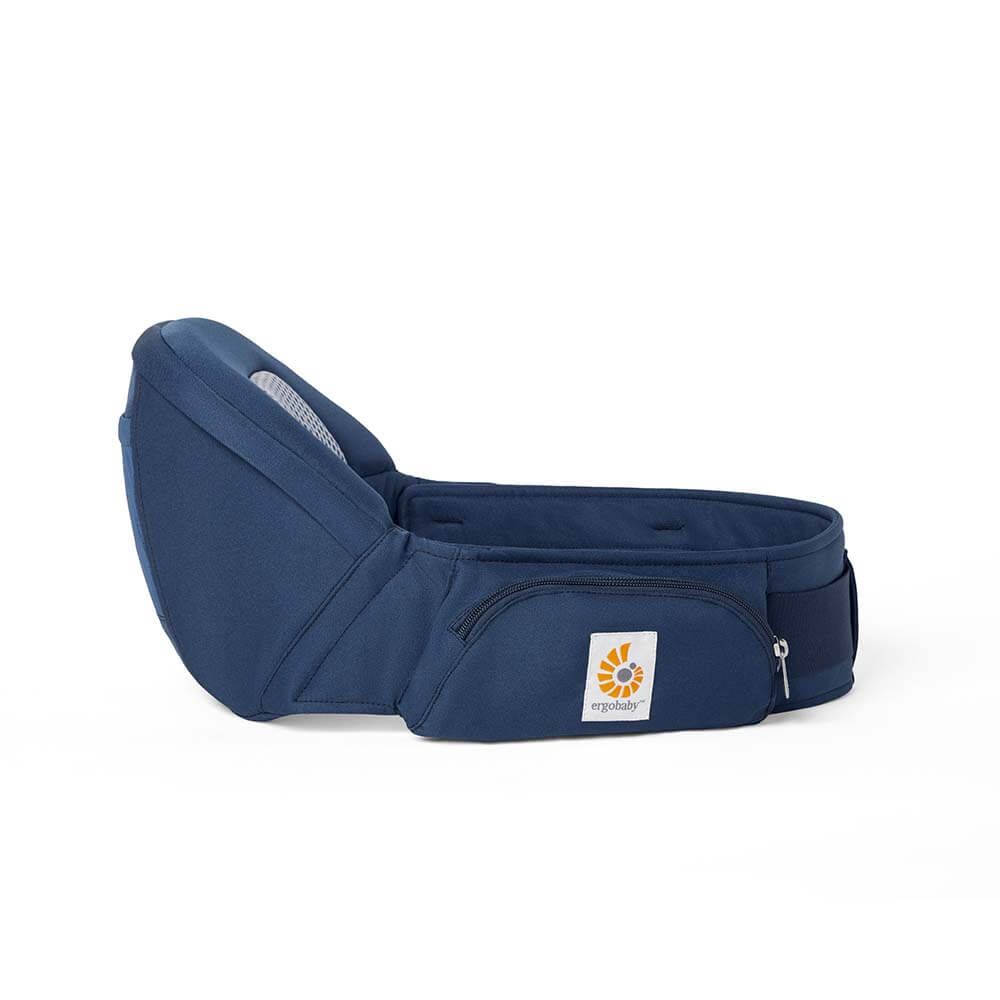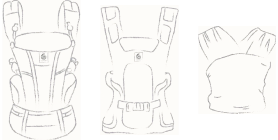How to Diagnose and Treat Tongue Tied Babies
If you suspect your baby has a tongue tie, you're not alone. This condition, medically known as ankyloglossia, can affect a baby's ability to breastfeed, eat, and even speak. Understanding tongue tie, identifying its symptoms, and knowing the treatment options can help you make informed decisions for your child's health and well-being.What is Tongue Tie?
Baby tongue tie is a condition present at birth that restricts the tongue's range of motion. It occurs when the lingual frenulum—the small band of tissue that connects the bottom of the tongue to the floor of the mouth—is shorter or tighter than usual. This can impact a baby's ability to breastfeed effectively, which in turn can lead to poor weight gain and other feeding difficulties. Causes of tongue tie are not fully understood, but it can sometimes run in families. It is more common in boys than girls, and some researchers suggest a genetic component might be involved. Types of Tongue Tie
Tongue tie can be categorized into different types based on the appearance and location of the frenulum attachment. Here are the main types:
Types of Tongue Tie
Tongue tie can be categorized into different types based on the appearance and location of the frenulum attachment. Here are the main types:
- Type 1 (Anterior Tongue Tie): This type involves a thin, elastic membrane of tissue (frenulum) that attaches near the tip of the tongue and extends to the floor of the mouth. It is the most obvious and easiest to diagnose.
- Type 2: The frenulum is located a bit further back from the tip of the tongue but still attaches toward the front part of the tongue. It is less visible than Type 1 but can still restrict tongue movement significantly.
- Type 3: This type involves a thick, less elastic frenulum that attaches more toward the middle of the underside of the tongue. It is often harder to diagnose visually but can still cause functional limitations.
- Type 4 (Posterior Tongue Tie): The frenulum is located at the base of the tongue and attaches deep in the mouth. It is often the hardest to diagnose because it is less visible, but it can still severely restrict tongue movement and function.

Tongue Tie Symptoms
Identifying the symptoms of a tongue tie can be challenging, especially for new parents. Here are some common signs to look for: - Difficulty latching during breastfeeding - Poor weight gain - Gumming or chewing of the nipple while nursing - Colic or reflux symptoms - Clicking sounds while feeding - Inability to stick out the tongue past the lower teeth - Heart-shaped or notched tongue tip when extended If you notice any of these symptoms, it may be time to see a doctor. Pediatricians, lactation consultants, and pediatric dentists are specialists who can help diagnose and manage tongue tie. Diagnosing Tongue Tie
Diagnosing Tongue Tie
Diagnosing tongue tie typically involves a physical examination of the baby's mouth. Here’s what you can expect:
- Physical Examination: A healthcare provider will examine the baby's tongue movement and the appearance of the frenulum.
- Feeding Observation: Observing breastfeeding or bottle-feeding can provide insights into how the tongue tie might be affecting feeding.
- Functional Assessment: Assessing how the tongue moves and functions during sucking, swallowing, and other activities.
There are a variety of healthcare professionals that can help identify tongue tie in babies.
Doctors who address and treat tongue tie include:
- Pediatricians: They often identify the issue during routine check-ups and can refer you to specialists for further treatment.
- Lactation Consultants: These professionals can help identify tongue tie through feeding assessments and recommend treatments or specialist consultations.
- Pediatric Dentists: They can diagnose and treat tongue tie, often performing procedures like frenotomy.
- Otolaryngologists (ENT Specialists): Ear, nose, and throat specialists can diagnose and treat tongue tie, particularly in more complex cases requiring surgical intervention.
- Speech-Language Pathologists: They can help identify tongue tie if it affects speech development and may work alongside other specialists for treatment.
- Oral Surgeons: They are skilled in more complex surgical procedures for severe cases of tongue tie.

Treating Tongue Tie
Treatment for tongue tie varies depending on its severity and the problems it causes. Here are common treatment options: - Observation: For mild cases, monitoring the baby’s growth and feeding without immediate intervention might be recommended. - Frenotomy: A simple procedure where the frenulum is snipped to free the tongue. This can often be done in a doctor's office without anesthesia. - Frenuloplasty: A more complex procedure that involves surgical correction, sometimes requiring stitches. This is done under anesthesia and may be necessary for severe cases.Post-Surgery Recovery
Recovery from a tongue tie procedure is usually quick, but proper tongue tie aftercare is essential for healing and preventing complications. Here are some tips: - Pain Management: Your doctor may recommend pain relief methods such as breastfeeding, which releases natural painkillers in the baby's body. - Wound Care: Keeping the wound clean is crucial. Follow your doctor's instructions on how to care for the site. - Oral Exercises: Performing specific tongue and mouth exercises can help improve mobility and prevent the frenulum from reattaching. - Feeding Support: Consult with a lactation specialist to ensure proper breastfeeding techniques post-surgery. To soothe your baby after tongue tie surgery: - Breastfeed immediately after the procedure if possible, as it can be comforting. - Use cold compresses on the outside of the cheek for pain relief. - Offer a pacifier to help with sucking exercises.
FAQs
What is a tongue tie?
A tongue tie is a condition where the tongue's range of motion is restricted due to a tight or short lingual frenulum.What does tongue tie look like?
A tongue tie can appear as a thin membrane or thick tissue that tethers the tongue to the floor of the mouth, often creating a heart-shaped appearance at the tip.How to fix tongue tie?
Treatment options include observation, frenotomy, and frenuloplasty, depending on the severity and symptoms.How to soothe a baby after tongue tie surgery?
Breastfeeding, pain relief methods like cold compresses, and oral exercises can help soothe a baby after surgery.How to tell if a baby has a tongue tie?
Symptoms like difficulty breastfeeding, poor weight gain, and a notched tongue tip can indicate a tongue tie. A healthcare professional can provide a definitive diagnosis through a physical examination and feeding observation. Navigating the journey of diagnosing and treating tongue tied babies can be challenging, but with the right information and support, you can ensure your child receives the best care possible. For more resources and support, visit Ergobaby. For additional information, you might find our breastfeeding guide and this article about when to start bottle feeding helpful. ——————————A Personal Story about a Mom’s Experience with Tongue Tie
by: Brandi Sellerz-JacksonIt will be great, they said.
Breastfeeding is easy, they said.
Breastfeeding my second child, Jedi, started off like most. My poor nipples suffered agonizing pain, feeling as if they were going to walk off into the sunset, bags in hand, in search of a better life. I was determined to nurse Jedi longer than the five days that I had nursed our eldest kiddo, Jax.
Back then, I had little to no support in the breastfeeding department. This time around, I hoped for a different outcome and received support in the form of a local mama group. We were a gang of mamas, all seeking answers, comfort, and relief from Nipplegeddon (Armageddon, but for nipples.) Eventually, Jedi and I found our stride and went on to nurse until 2 years 7 months and 4 days, or until I became pregnant with Jupiter. By this time, I was nursed out, touched out, and completely over it. I was a breastfeeding champ. We did it. We did well. It was time for a new chapter.

Me and baby Jupiter’s early breastfeeding journey were wrought with tears, sleep deprivation and triple feedings. Prior to Jupiter’s birth, I was prepared for a long labor. After all, my previous births had proven to be long and arduous. (Jax 18 hours with Pitocin and Jedi 43 hours unmedicated.) Surprisingly, Jupiter’s birth was swift, lasting only 3 hours from start to finish. I remember he and I nestling up together, basking in all of our after birth glory. I latched Jupiter to my breast. My doula supported his head as we began our beautiful nursing initiation. All was well. All seemed well.
Two weeks later, Jupiter had yet to gain back his birth weight. I began to panic. Whenever and wherever I could weigh him, I would. My midwife, Racha, would be on the phone with me, talking me through the devastating pediatrician weigh-ins. Jupiter’s birth weight was 6 lbs. 12 oz. He was now 6lbs 7oz.
Our lactation consultant, Kimberly Durdin visited our home. It was made apparent that Jupiter had both a tongue and lip tie. My midwife secured donor milk so that we could bottle feed while we sorted everything out. In the meantime, our LC recommended triple feedings. What is triple feeding? It’s hell. It is sleep deprivation hell. Every two hours, I would breastfeed, bottle feed with the donor milk, and then pump. I would repeat this holy trinity every two hours hoping to boost my milk supply and to simply feed my child.
The days of triple feeding were intense. Let’s face it, doing anything in triplets is intense. Setting up my pump and having a bottle of breast milk ready at my bedside was a part of my bedtime routine. The nights turned into mornings. I began to lose track of time. Forming sentences and engaging in any form of conversation became quite the task. This is not how I imagined our breastfeeding journey. I had successfully nursed a baby before. In the words of the great Beyonce, I wasn’t new to this.
Being a birth worker, I was aware of a frenectomy (tongue/lip tie revision) as an option. With slight reluctancy, we decided to proceed with Jupiter’s tongue tie revision. I was sleep deprived and on the verge of giving up. My husband traveled quite a lot, so triple feeding (especially in the middle of the night without support) just wasn’t conducive or practical while raising two other children. The tongue/ lip tie revision was a success. After, I stopped triple feeding and simply nursed through the night, putting Jupiter to my breast in the side-lying position.
The beginning of our breastfeeding journey was tiring AF. However, we made it and we are thriving. The takeaway? Gather support. Gather all the resources needed. I write in my book, On Thriving, that it’s okay to need more. More help. More support. More answers.
Here are a few resources: Visit your local mama support group. Trust me, there is safety in numbers. It truly takes a village. Check out your local Le Leche League. Hire a lactation consultant. Can't afford anLC? Visit your cities local WIC office, where you will find trained CLEC’s (Certified Lactation Educator Counselors) available to support. Most importantly, try not to navigate breastfeeding struggles alone. Breastfeeding is not a one size fits all. Every nursing adventure is unique, presenting itself with its own set of triumphs and challenges. Nevertheless, the adventure is ours. You’ve got this!





















